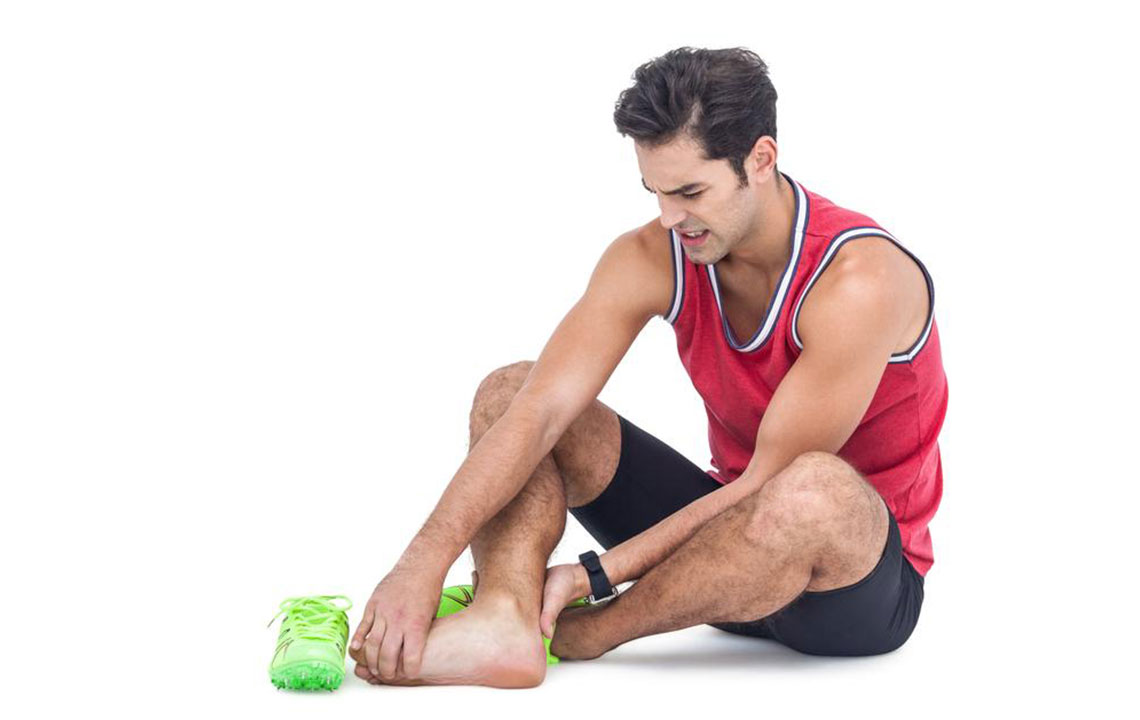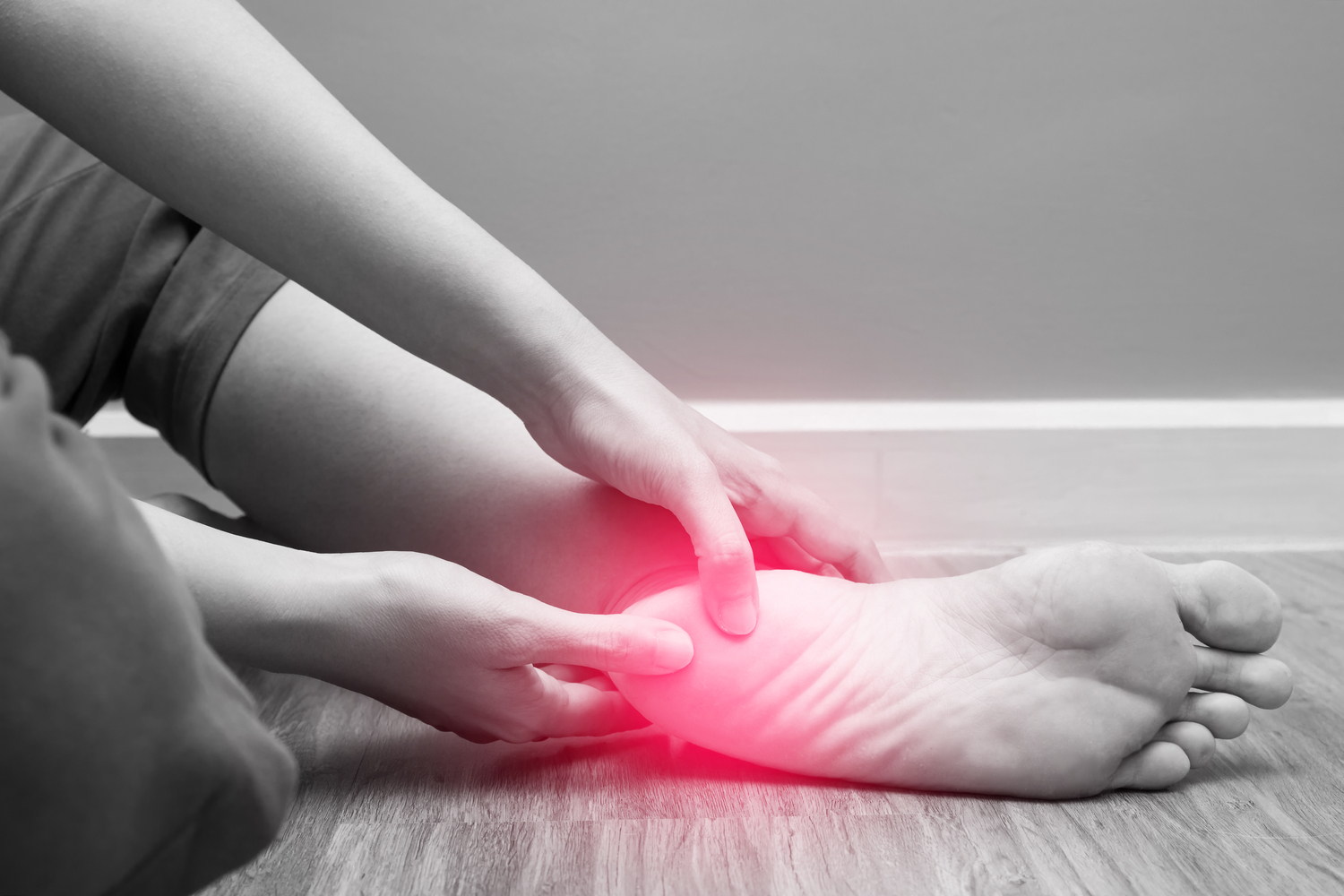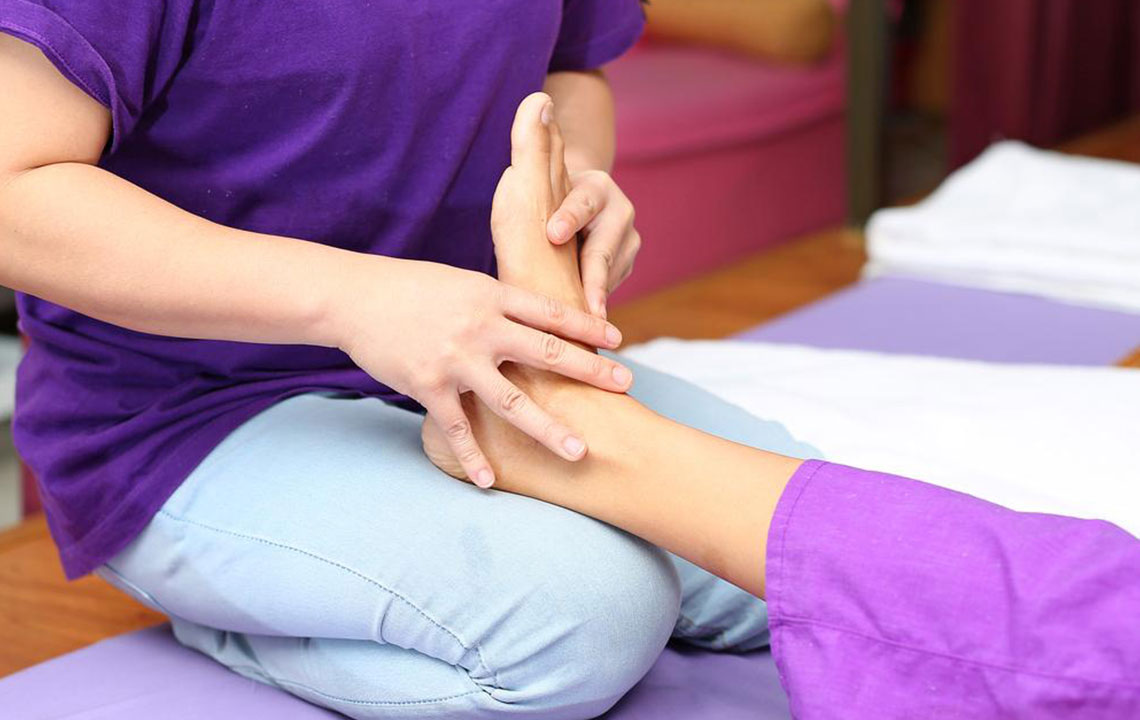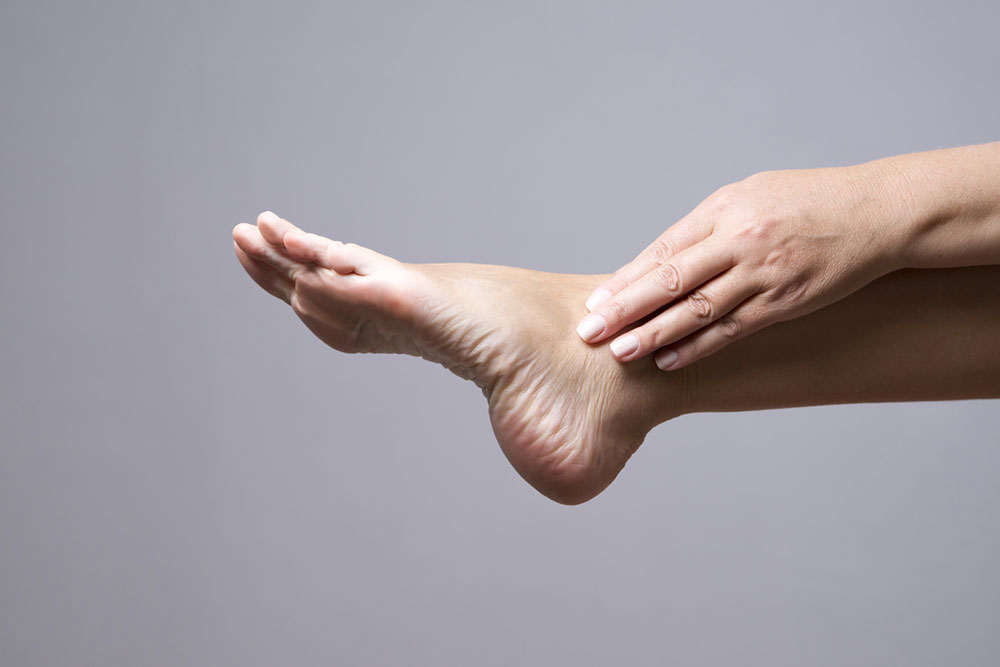Comprehensive Approaches and Medications for Managing Foot Neuropathy Effectively
This article provides an in-depth overview of effective strategies, exercises, and medications for managing foot neuropathy. It emphasizes the importance of lifestyle changes, physical activity, and pharmacological treatments to alleviate symptoms and improve nerve health. With detailed guidance on exercise routines and medication options, this comprehensive guide aims to help patients effectively control foot neuropathy and enhance their quality of life.

Comprehensive Approaches and Medications for Managing Foot Neuropathy Effectively
Foot neuropathy, a form of peripheral nerve damage, significantly affects millions worldwide, leading to discomfort, numbness, and balance issues. The condition predominantly impacts the nerves of the extremities, especially the feet, and often manifests in a characteristic "glove and stocking" pattern, where symptoms start in the toes and spread upward. Understanding the causes, symptoms, and available treatments is crucial for effective management. Medical advancements have introduced a variety of treatment options, combining lifestyle modifications, physical therapies, and medications, all aimed at reducing symptoms and enhancing nerve function.
Managing foot neuropathy requires a multifaceted approach centered around lifestyle changes, physical activity, and medication. Regular exercise not only alleviates discomfort but also promotes nerve regeneration and overall nerve health. Implementing a structured exercise program tailored to individual needs can substantially improve quality of life. Here's an in-depth exploration of effective strategies, specific exercise routines, and medication options to combat foot neuropathy:
Understanding the Root Causes of Foot Neuropathy
Foot neuropathy can stem from various underlying conditions. Among the most common is diabetes mellitus, where high blood sugar levels damage nerve fibers over time, leading to diabetic peripheral neuropathy. Alcohol abuse, kidney diseases, certain vitamin deficiencies—such as B12 deficiency—and shingles (herpes zoster infection) are also notable contributors. Identifying and managing these underlying conditions is vital to prevent progression and improve neurological health.
Recognizing Symptoms and Their Impact
The symptoms of foot neuropathy are diverse and can be severely debilitating. Patients often experience numbness, tingling, burning sensations, sharp or stabbing pains, and a loss of sensation that increases the risk of injury. Additionally, motor nerve damage may cause muscle weakness, while autonomic nervous system involvement can lead to abnormal sweating or blood pressure regulation issues. The combined effect of these symptoms can impair mobility and balance, increasing fall risks—especially among the elderly.
Medical Advances and Treatment Options
Today’s medical field offers a plethora of treatments aimed at symptom relief and nerve regeneration. The treatment plan typically involves medication, physical therapy, lifestyle adjustments, and sometimes surgical interventions for severe cases. Combining these strategies can significantly enhance patient outcomes, reduce discomfort, and prevent further nerve damage.
Role of Exercise in Nerve Health and Symptom Management
Physical activity is a cornerstone of neuropathy management. Regular, tailored exercise routines help improve circulation, reduce inflammation, strengthen muscles, and promote overall nerve health. Implementing a comprehensive exercise regimen can mitigate many symptoms associated with foot neuropathy and can be divided into several key components:
1. Cardiovascular Workouts
Engaging in aerobic activities such as brisk walking, treadmill workouts, cycling, or swimming can significantly benefit patients with foot neuropathy. These exercises boost cardiovascular health, improve circulation to affected nerves, and help control blood sugar levels—particularly vital for diabetic patients. Starting with 20 to 30-minute sessions, three to five times weekly, and gradually increasing intensity and duration can produce noticeable improvements. Participating in group classes or walking clubs can provide motivation and social support, promoting consistency.
2. Flexibility and Stretching Exercises
Stretching is essential to prepare muscles and prevent injuries. Daily routines focusing on the calves, hamstrings, and plantar fascia help maintain flexibility and reduce muscle tightness that might exacerbate nerve pain. Gentle stretching sessions lasting 10-15 minutes, ideally performed after warming up, can improve mobility and alleviate discomfort.
3. Strengthening Exercises
Muscle strengthening supports joint stability and nerve function. Exercises such as calf raises, chair squats, and resistance band activities target lower limb muscles, enhancing overall stability. These exercises should be performed smoothly and progressively, with proper form to prevent strain.
4. Balance and Stability Training
Balance exercises are critically important for individuals with foot neuropathy, as they help prevent falls—the leading cause of injury in this population. Activities like side leg lifts, standing on one foot, and hip flexion exercises restore stability. For the elderly or those with severe imbalance, using balance aids such as handrails or balance pads can be beneficial. Regular practice can improve confidence and safety in daily activities.
Medication and Pharmacological Treatments
Medications play a vital role in alleviating neuropathy symptoms and managing underlying causes. The choice of medication depends on symptom severity, underlying health conditions, and potential side effects. Some of the most commonly prescribed medications include:
Over-the-counter pain relievers: Non-steroidal anti-inflammatory drugs (NSAIDs) such as ibuprofen can help manage mild discomfort.
Prescription opioids: For intense pain, doctors might prescribe opioids like tramadol or oxycodone. However, due to the risk of dependence, they are used cautiously and typically under strict supervision.
Anti-seizure medications: Drugs like gabapentin and pregabalin, originally developed for epilepsy, are highly effective in reducing nerve pain. They may cause drowsiness or dizziness and require monitoring for adverse effects.
Topical agents: Capsaicin creams or patches can provide localized relief by decreasing pain signals. Patients might feel a burning sensation initially but often experience relief afterward.
Antidepressants: Certain antidepressants, including amitryptiline and duloxetine, are effective in reducing nerve pain by modulating brain pathways involved in pain perception.
Alternative and Complementary Therapies
Beyond conventional medication, several alternative therapies are gaining popularity for their potential to improve nerve health and reduce pain:
Biofeedback: This technique teaches patients to control physiological functions, reducing nerve pain and improving relaxation.
Acupuncture: Originating from traditional Chinese medicine, acupuncture involves inserting fine needles into specific points to stimulate nerve healing and pain relief.
Dietary Supplements: Supplements such as alpha-lipoic acid, B-vitamin complex, and omega-3 fatty acids may support nerve regeneration, although consultation with a healthcare provider is recommended before use.
Conclusion: Empowering Patients with Knowledge and Action
Managing foot neuropathy involves a comprehensive approach that combines lifestyle modifications, targeted exercise routines, appropriate medications, and in some cases, alternative therapies. Early diagnosis and intervention are critical in preventing irreversible nerve damage and improving quality of life. Patients are encouraged to work closely with healthcare professionals, stay committed to their treatment plan, and adopt healthier habits to promote nerve repair and overall well-being.





